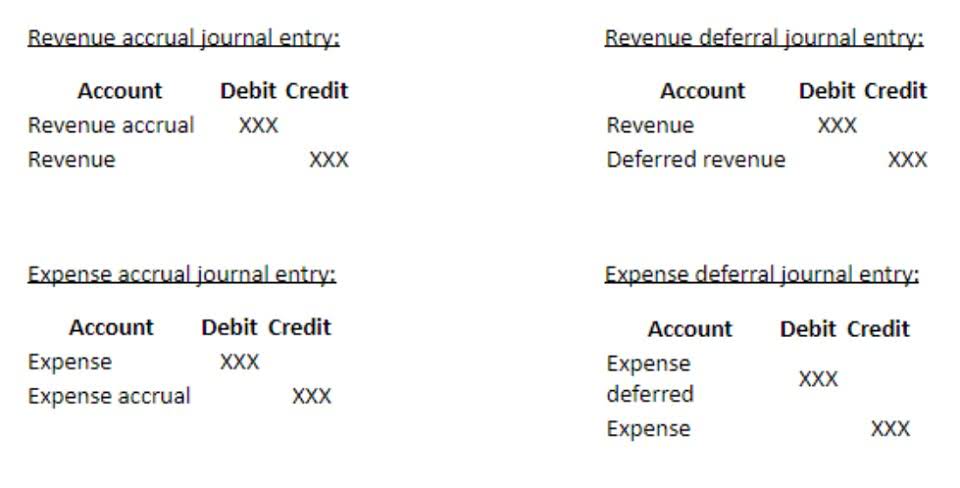
It can be looked at on its own and in conjunction with other statements like the income statement and cash flow statement to get a full picture of a company’s health. The most liquid of all assets, cash, appears on the first line of the balance sheet. Companies will generally disclose what equivalents it includes in the footnotes to the balance sheet. If a balance sheet is not available, another option is to summarize the total amount of all assets and subtract the total amount of all liabilities. For a sole proprietorship or partnership, the value of equity is indicated as the owner’s or the partners’ capital account on the balance sheet.
What Is Stockholders’ Equity?
Common equity represents the shareholders’ stake in a company, reflecting their residual interest after all liabilities are settled. Total Liabilities and Equity represents the sum of a company’s financial obligations (liabilities) and the owners’ claims (equity) on its assets. Understanding total liabilities and equity is essential for evaluating a company’s financial position. By analyzing how a company finances its assets, stakeholders can make informed decisions about investments, growth potential, and risks. Similarly, the end-of-period equity is the total equity at the end of the period under consideration.
How to Calculate Shareholders Equity
Common equity and preferred equity are both vital components of a company’s capital structure but serve distinct purposes. Common equity represents ownership with voting rights and potential for capital appreciation, while preferred equity typically offers a stable income stream through fixed dividends. how to calculate total equity The amount of stockholders’ equity can be calculated several ways.
Benefits of Outsourcing Accounts Receivable for Businesses

Knowing this balance is crucial for stakeholders to judge risk normal balance and creditworthiness. Equity is the difference between what a company owns and what it owes. In simple words, it’s what shareholders get if the company pays off all its debts and sells everything it owns. Owner’s equity is typically recorded at the end of the business’s accounting period. Retained earnings represent the cumulative net income reinvested in operations rather than distributed as dividends. These earnings fund growth initiatives like research and development or acquisitions without requiring external capital.
Formula to Calculate Shareholder’s Equity (Stockholders Equity)
The initial equity, or the equity at the beginning of the period, is found on the company’s balance sheet. It is the residual interest in the assets of the entity after deducting liabilities, essentially representing the owners’ stake in the company. To calculate this, one would look at the equity section of the balance sheet, which typically includes common stock, preferred stock, retained earnings, and any additional paid-in capital.


This is also derived from the balance sheet and includes the same components as the initial equity calculation. However, it reflects any changes that have occurred during the period, such as profits earned or losses incurred, dividends paid out, or any new equity financing. This figure demonstrates the company’s ability to grow its equity base over the period. Understanding a company’s financial health is crucial for investors, analysts, and the firm’s management. One key metric in this evaluation is average total equity, which reflects the amount of money that would be returned to shareholders if all assets Bookkeeping for Consultants were liquidated and all debts paid off.
- For example, if a company purchases a piece of machinery for $100,000, it would increase the company’s total assets by $100,000.
- By looking at stock, earnings saved, and extra money put in, people can trust the company’s money state.
- Stockholders’ equity is the value of a company’s assets left for shareholders after the company pays all of its liabilities.
- This is because start-up businesses often require significant investments and may incur losses before becoming profitable.
- Liabilities are also classified into current and long-term debts.
- These equity ownership benefits promote shareholders’ ongoing interest in the company.
- Specifically, how about the liabilities and equity side of your balance sheet?

On the other hand, if a company sells its assets or takes write-downs, it may decrease its equity position. For anyone venturing into finance, learning how to calculate total equity sharpens your ability to analyze valuation, assess creditworthiness, and navigate corporate strategies. It’s a tool that fuels informed decisions, whether you’re evaluating business health, preparing reports, or shaping financial strategy. It is essential to verify that all figures from the balance sheet have been accurately included. In the U.S., companies must follow Generally Accepted Accounting Principles (GAAP), which standardizes the method of reporting assets and liabilities.


